Rose shares a little of her background, her past projects, and textiles and architectures to come…
Hey everyone, I’m Rose. I’ve just finished architecture school, and with a quilter for a mum and a writer and English teacher for a dad, my architecture projects have very often crossed over into both realms. I’m used to weaving textiles and architecture together in my projects, but I’m hoping that by delving head first into the textile craft a little more, I can learn and develop my work further.
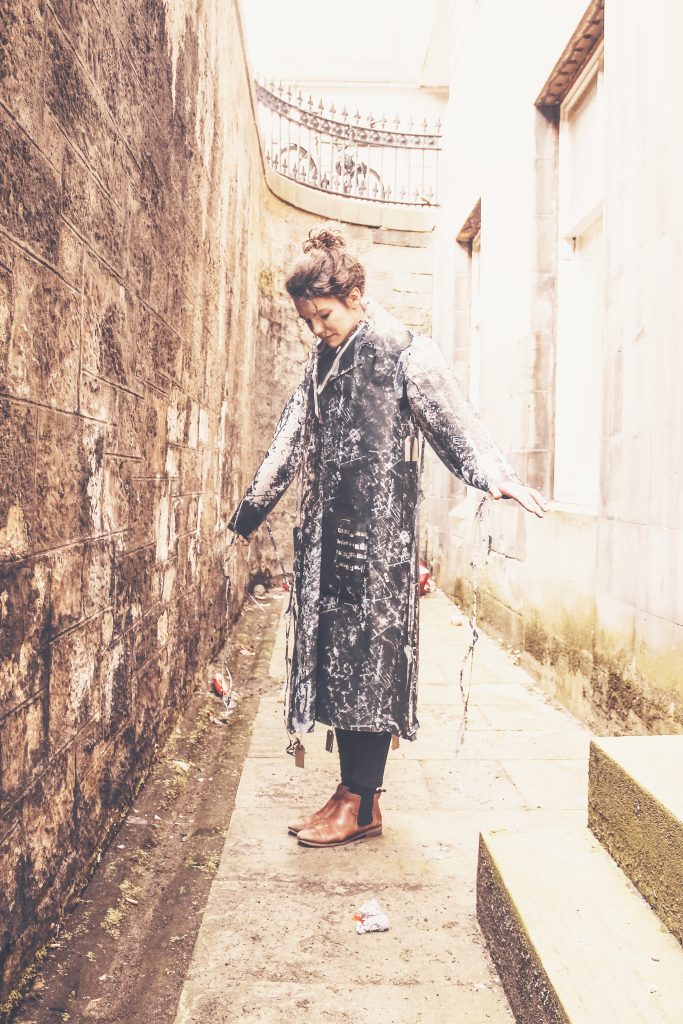
The language of textiles and architecture
The words textiles and architecture – and even text – all have the same root word. Something you should probably know about me is that I absolutely love words and language. If I’m stuck on what to do during a project I’ll just start looking up etymologies and histories of words! It’s my form of procrastination… When I started looking into the word ‘textile’ I found it shared the same root word as ‘text’ and ‘architecture.’ The root word is teks, meaning ‘to weave,’ and later ‘to build’ or ‘to craft.’ Architecture just means ‘master crafter,’ or if you go back further: ‘chief weaver.’ I suppose all of us stitchers at Juki Club are ‘chief weavers,’ are Architects. Which is a fun thought… (Although don’t go throwing the title around… y’all know it’s protected by law?!)
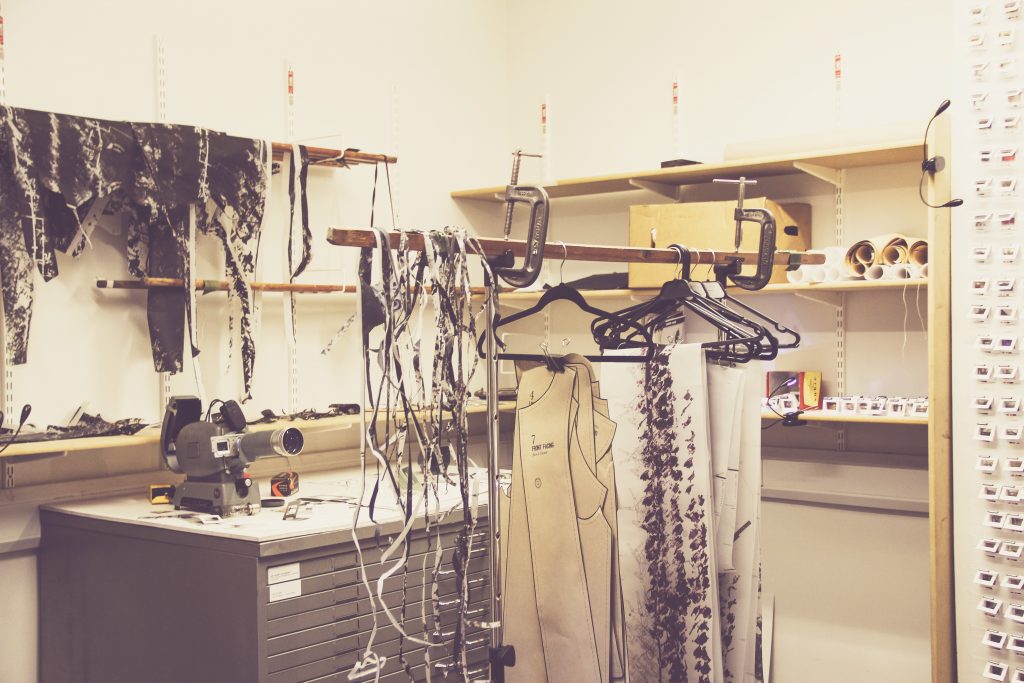
Histories of textiles and architecture – the question of clothing…
It’s unclear, historically, whether humans made clothes first or shelters. What we do know is that some of the earliest shelters were crafted of wattle and daub: they were woven. It makes me wonder – were the earliest architectural shelters merely an extension of our clothes? Or was it the other way around – were our clothes a compression of our homes? Are our clothes simply little homes we walk around in?
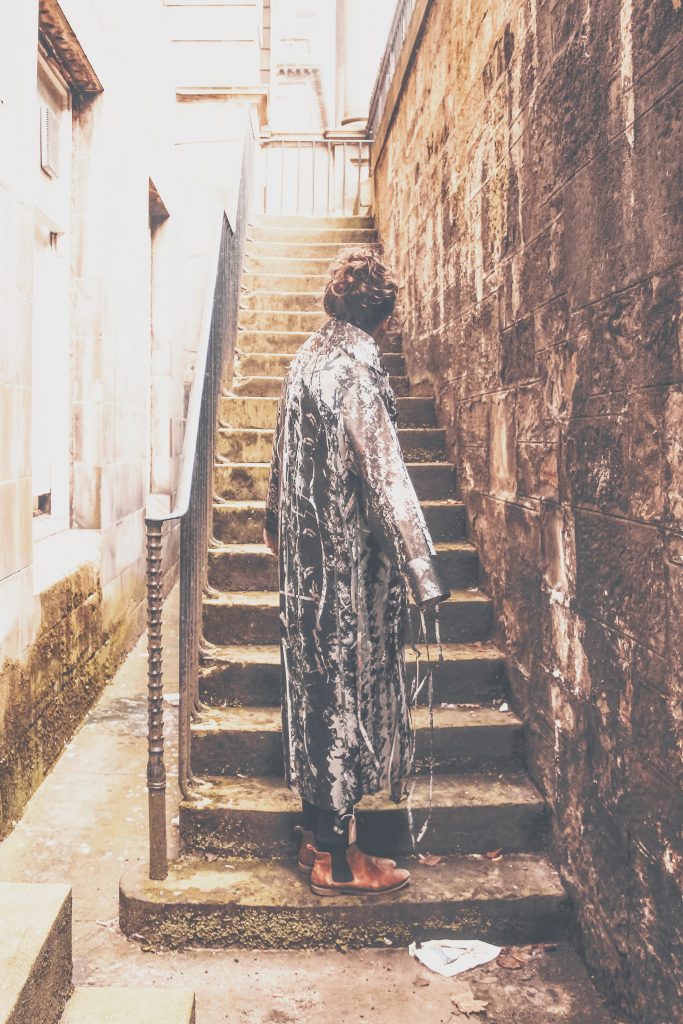
Whichever way around it happened in ancient times, in the present day, it is really a mixture of both. And it is certainly clear that there are distinct crossovers between the two worlds. Both crafts require a drafting of two dimensional shapes and symbols in order to resolve a three dimensional object; they both use terms such as ‘structure’ and ‘fabrication;’ and both have a particular attention to human form and scale. I was talking to a friend about this who mentioned some of the Sewing Bee contestants were Architects. I’m not surprised!
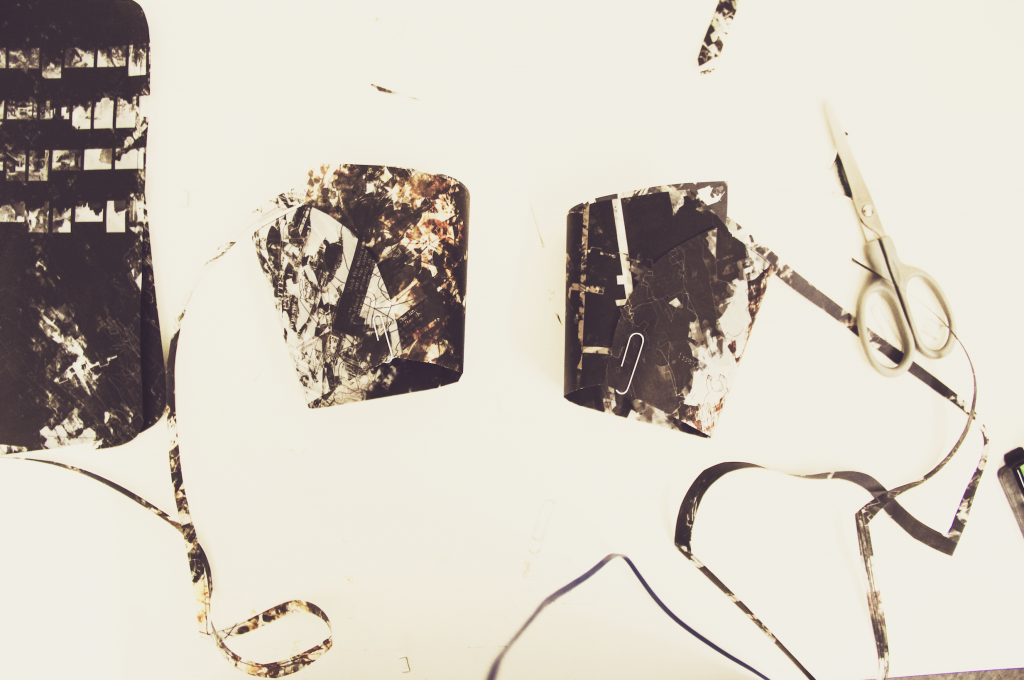
My projects weave together textiles and architecture
I have often played with these ideas in my work. In one project for instance, I investigated an old historic Edinburgh costumier’s warehouse called Mutrie and Sons. One day it was ravaged and destroyed by fire. Exactly 100 years later, the local theatre that the costumier supplied also burned down.
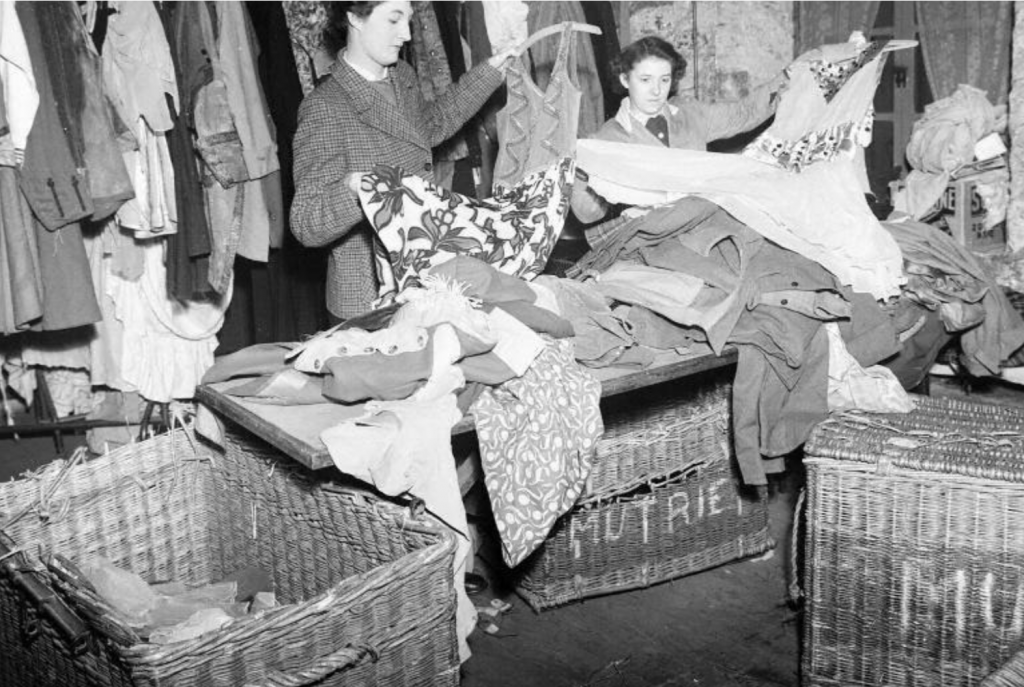
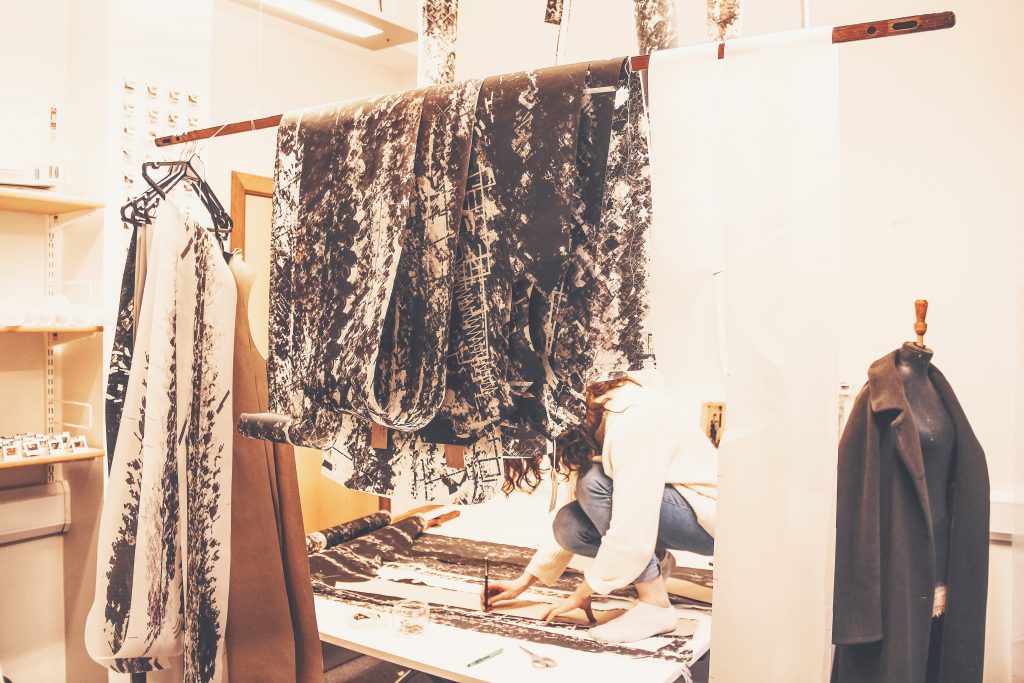
I explored these linked theatric and firey histories through making a paper coat out of tracing paper patterns I designed which visually told the story. We were asked to make a drawing, so I made a coat… out of drawings. The drawings from which the tracing paper fabric was made combined line drawings, images of historic figures, newspaper clippings — all piled up as though they were discarded rags in a garment factory. I essentially made a costume fit to be worn by anyone investigating the story, for any city walker walking between the two sets – a theatric piece hovering between historic texts, the textile world of theatre and costumes, and the urban fabric of Edinburgh’s architecture.


This project was just a lot of fun! A lot of work but a lot of fun. I basically turned a large cupboard into a textile studio for a month and filled it with all sorts of strange creations as I delved into the history of this one theatre and costumier. I got a little obsessed…
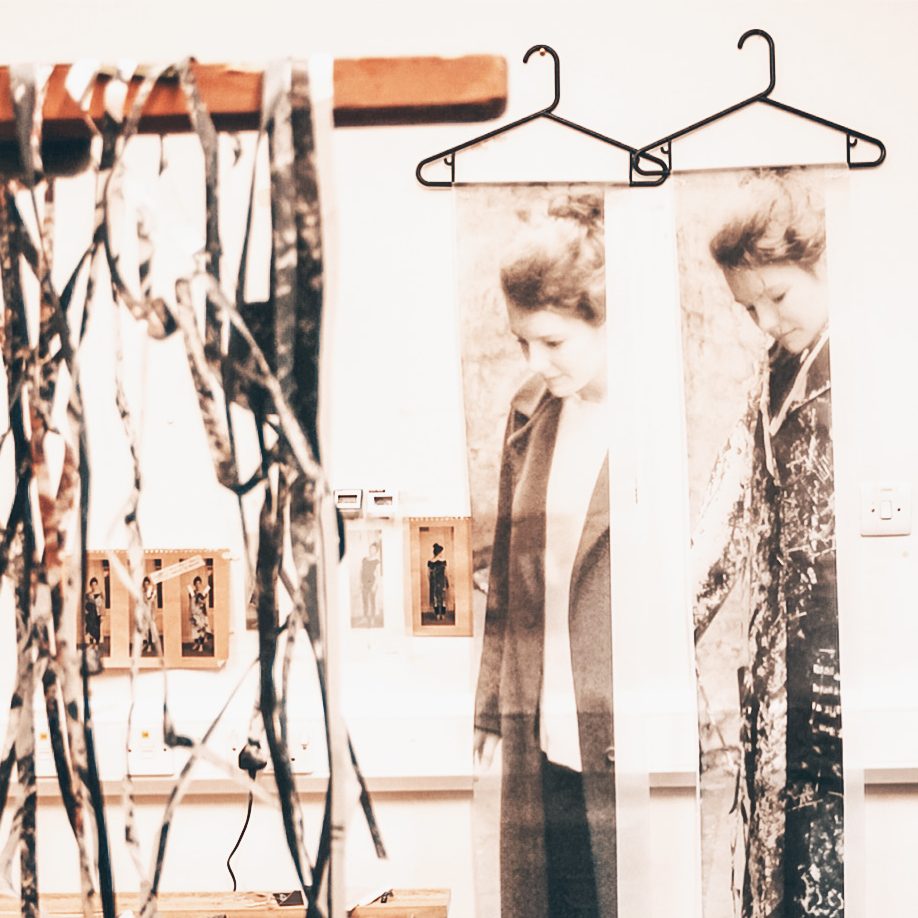
A textile take on a Manhattan Architecture project
More recently I have just completed a project based in Manhattan, which investigates the Garment and Theatre districts connected by Manhattan’s Broadway. I spent a lot of time examining the wardrobe as a piece of furniture. The Wardrobe is the “place of transformation.” In it we decide who to be for the day. As a performative space, the wardrobe naturally combines textiles and architecture. Actors enter in and are transformed as they put on costumes for Broadway performances. And even where moths find their wings. The two districts are treated as wardrobes from which a new architecture emerges, with forms of historic dress patterns from old Manhattan Garment lofts influencing the architectural forms emerging throughout the project. The Pandemic hit before we could finish our exhibitions, so we had to create digital visuals of the proposed exhibition instead:
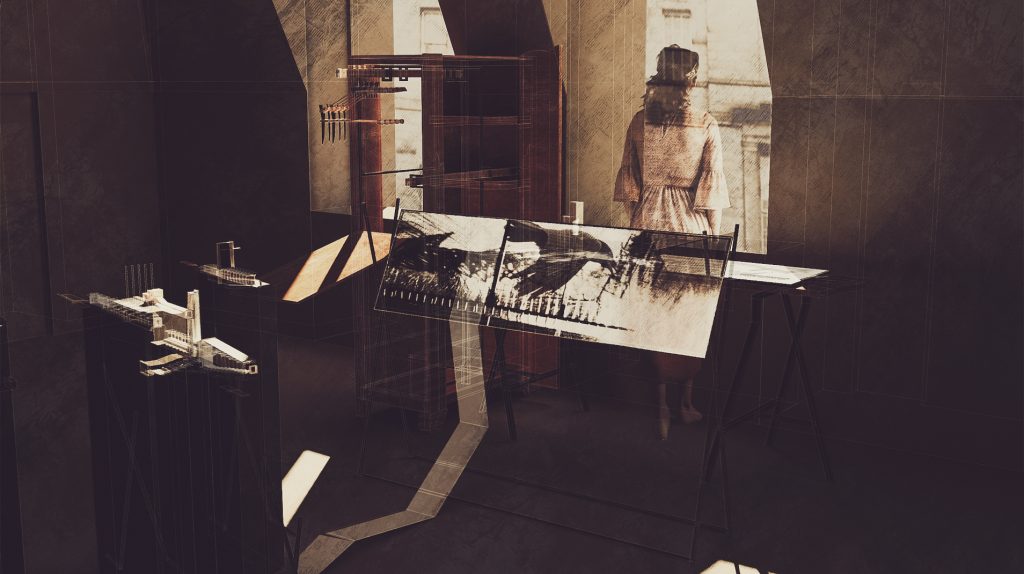
Learning the textile craft for real…
While I’ve always been interested, before now I’d never actually made any real clothes – the paper coat doesn’t really count seeing as it is not useable (it practically fell apart as soon as I took it off after the photo shoot!). With some help from the Juki Club team, now I’m finally learning what all those markings on the patterns actually mean, how to use an overlocker, what under-stitching is, what the heck “cut on the fold” means… I’m hoping that as I learn more and more, I’ll be able to slowly bring my architectural thinking back into play, combining textiles and architecture in new ways…
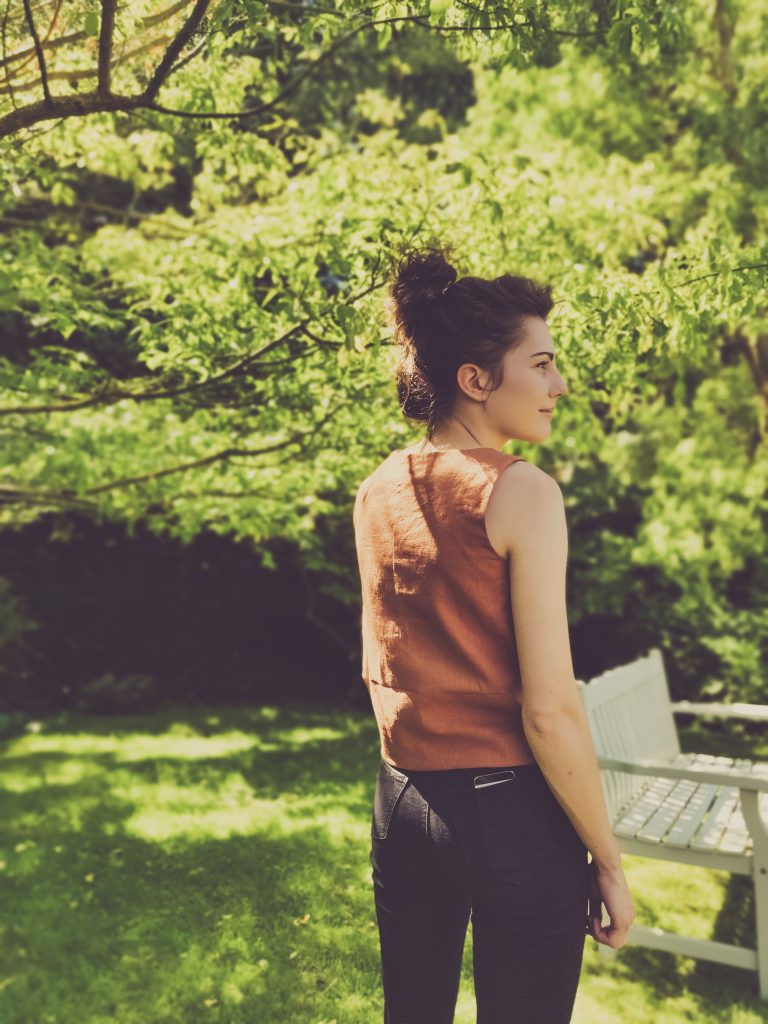
Lockdown has been the perfect time to do some fresh learning
Throughout lockdown I’ve been down south with my parents – accidentally. I took a last minute trip to visit home for family Birthdays and then BOOM! The virus went pandemic and University shut. So I stayed home. Problem is, I hadn’t brought many clothes with me, especially spare shirts. My first thought was to just make the most complicated thing I could get my hands on, but my mum talked me down. It really is best to start simple! So, I found this pattern from The Fold Line called “The Jily Top.” I absolutely LOVE it; it’s just hard enough to challenge me but not so hard as to put me off. I’ll share more about it in future posts.
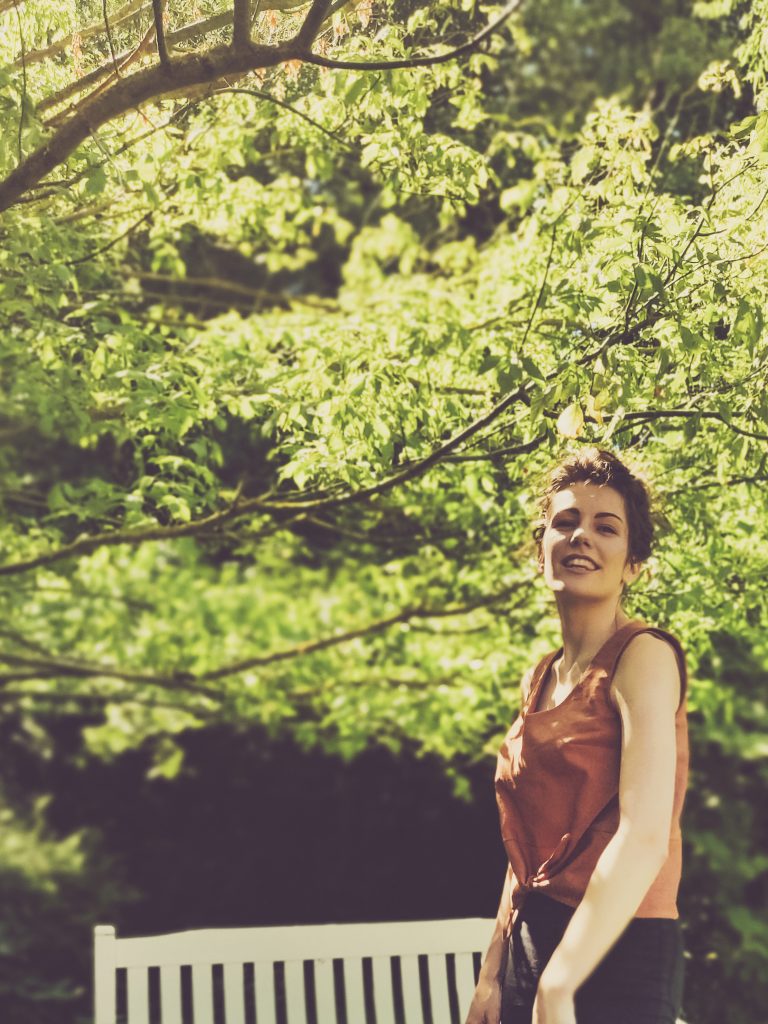
The Jily Top pattern has two versions. One has a really cute tie across the front, and another with a simpler waist band. I made the first one out of a linen in a brown colour I really love from Higgs and Higgs. I’m so happy with it and I can’t wait to make the next one. The linen is a great choice for the summer time. It has been so hot here so cooler clothes have definitely been on the list! I used the JUKI MO2000 QVP for overlocking and the JUKI HZL NX7 for the piecing. The process of using these machines was absolutely DREAMY. I took lots of pictures as I went, so I will share in a post coming soon! For now: it looks great with cats…
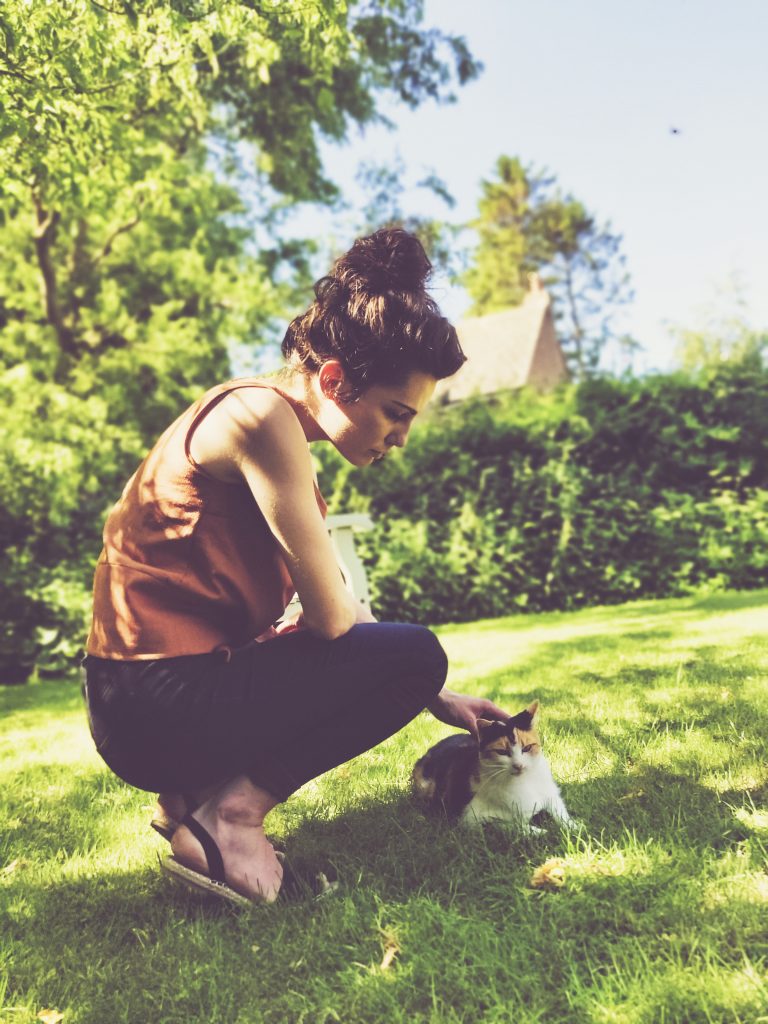
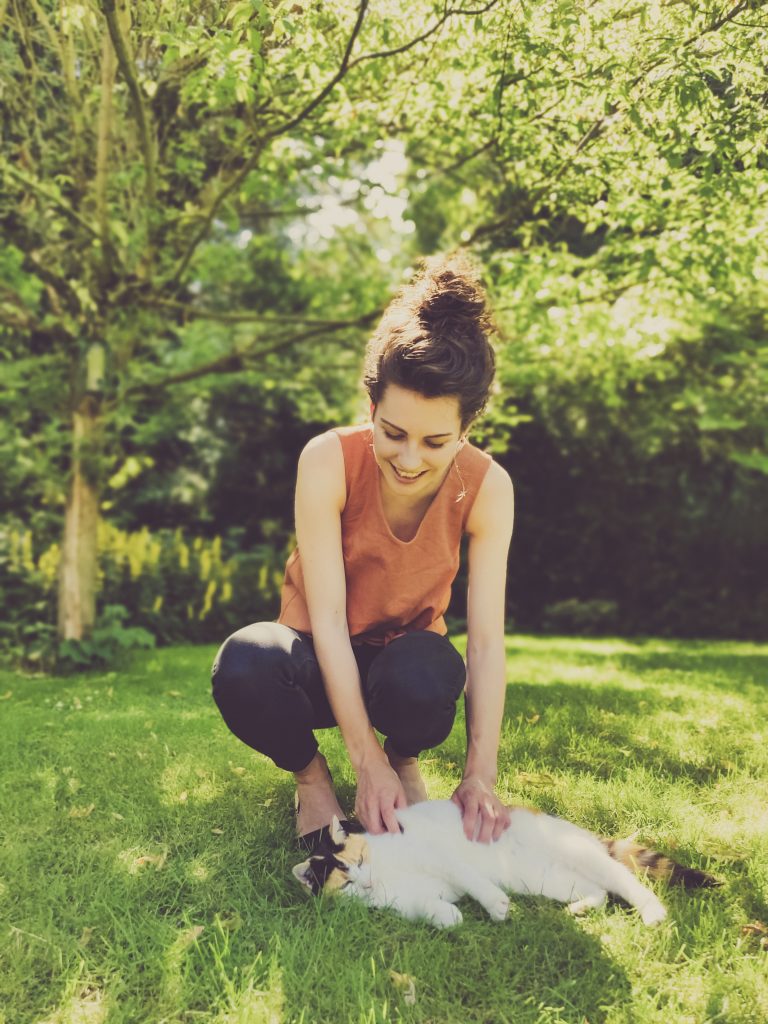
See you soon Juki Clubbers!
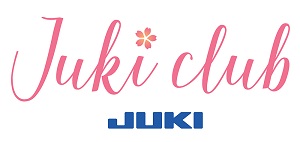
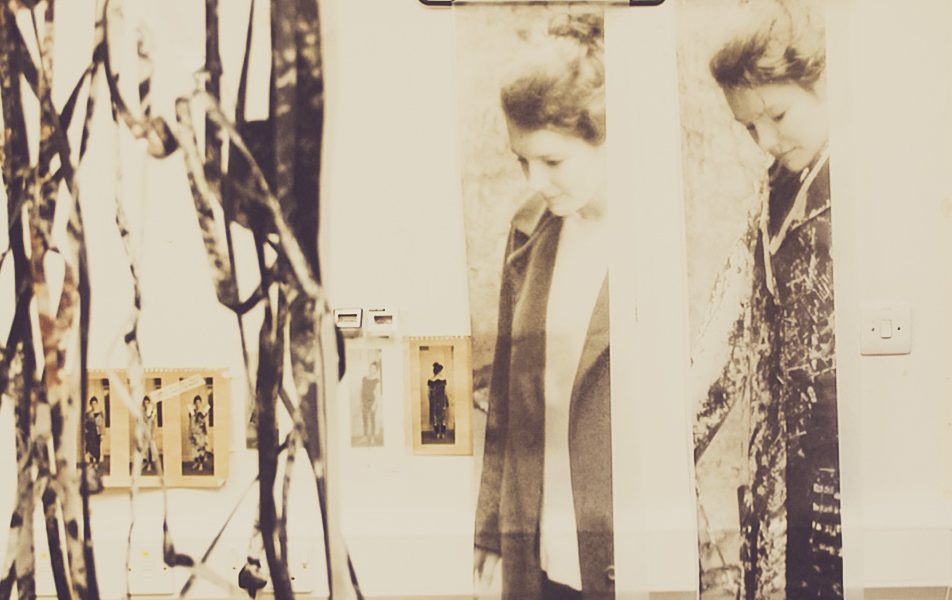
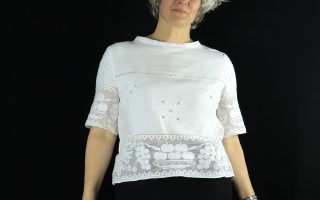
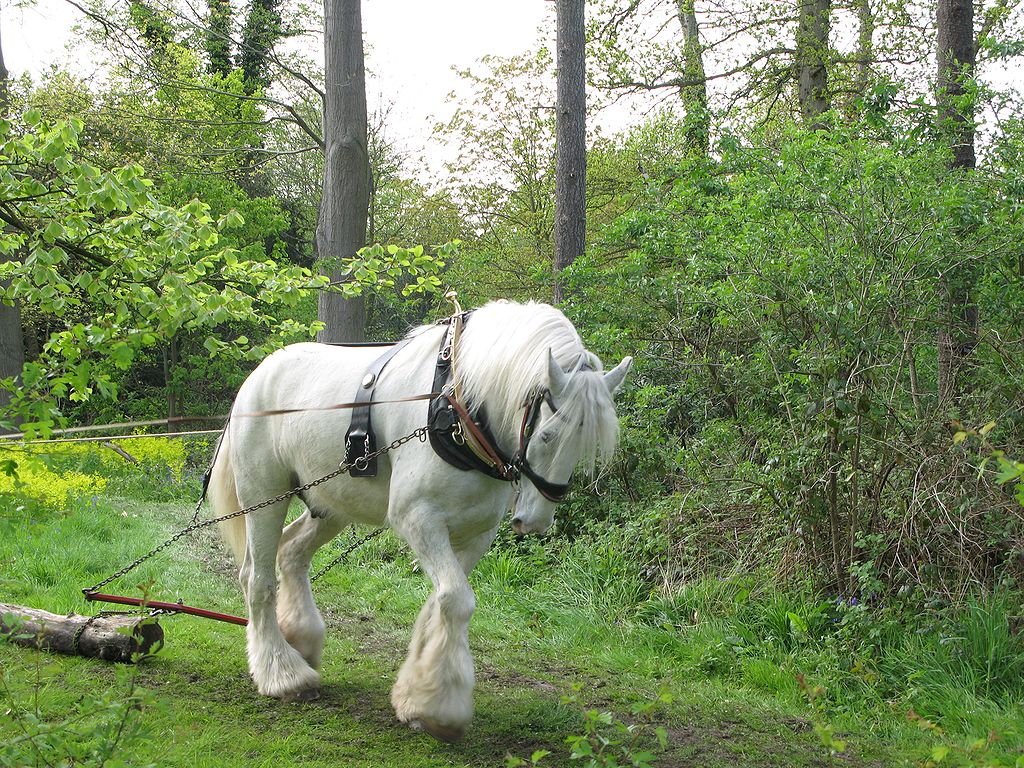
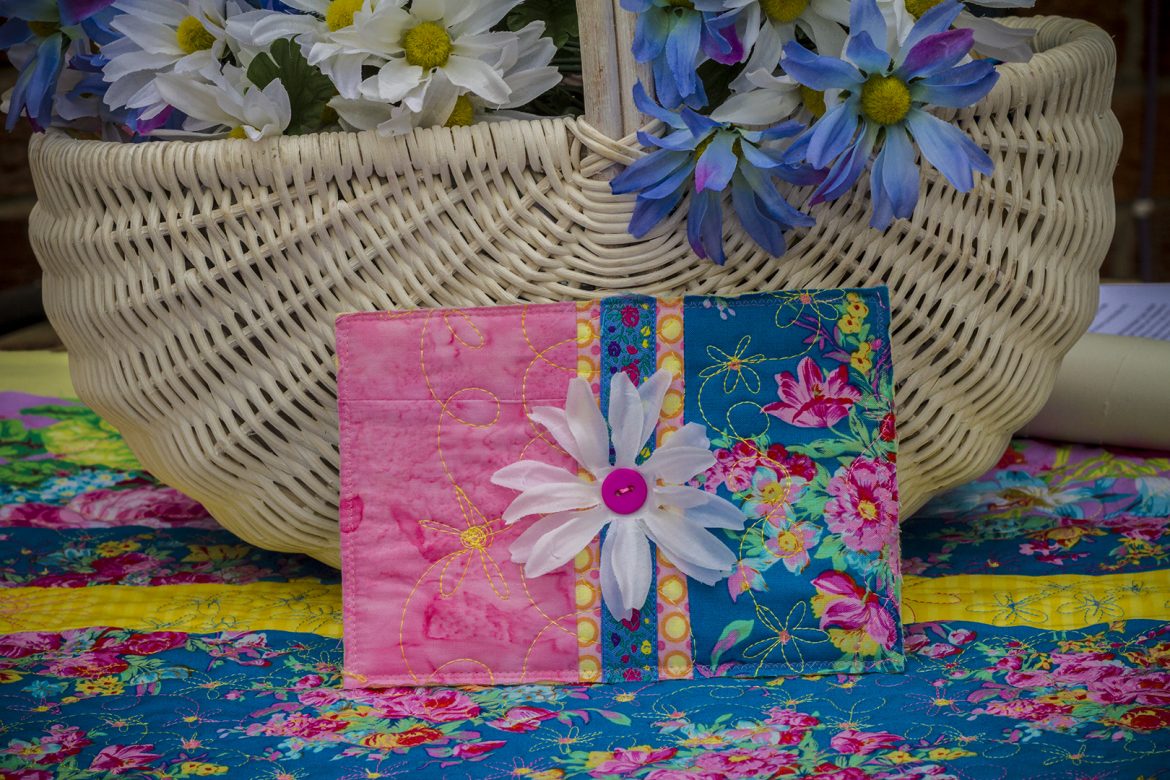
[…] during my last project, it was super easy for this project! I just LOVE the air-threading feature. For an architecture geek who appreciates the design of these kinds of things, I find this feature sooooo […]